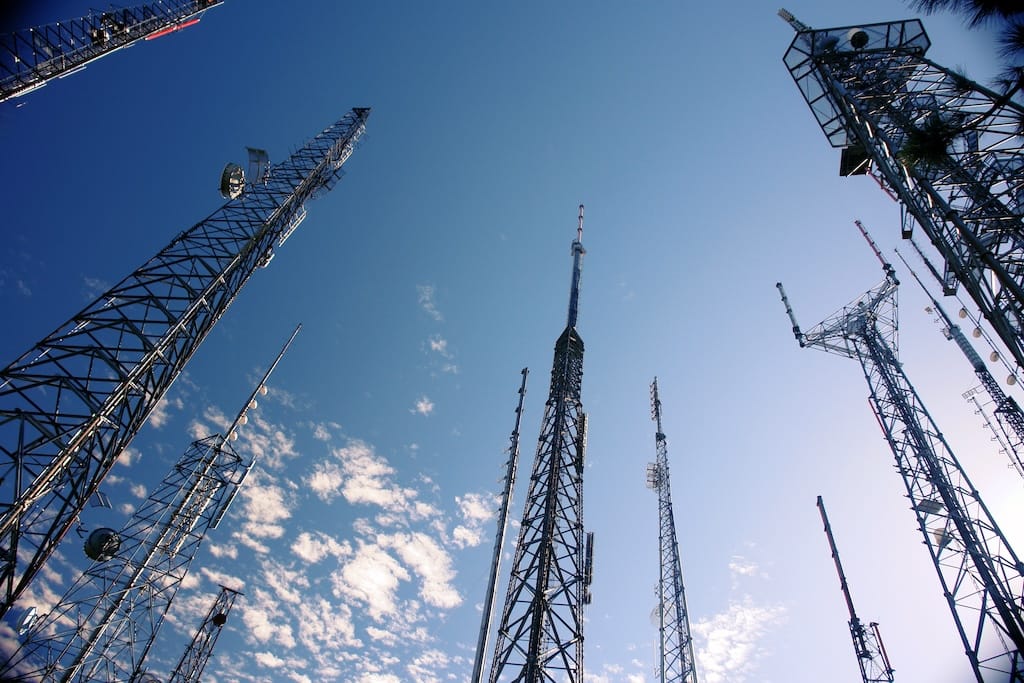NTIA Confirms Licensed-by-Rule May Apply for BEAD Funding
The move is a win for wireless providers, who have been pushing the NTIA on the issue.
Jake Neenan

WASHINGTON, November 17, 2023 – The National Telecommunications and Information Administration has moved to confirm some wireless technology will be included in its $42.5 billion broadband grant program.
The agency clarified it will define fixed wireless broadband provided through “licensed-by-rule” spectrum as reliable. That makes providers using that spectrum eligible for funding if fiber is too expensive, and protects them from overbuilding by other projects under the program.
The move is a win for wireless providers, who have been pushing the NTIA to move on the issue since it released the notice of funding opportunity for the Broadband Equity, Access and Deployment program in 2022.
When the BEAD guidelines were first published, they only marked broadband provided via licensed spectrum – frequency bands designated by the Federal Communications Commission for use by a single provider – as reliable broadband.
That meant areas receiving broadband through only unlicensed spectrum – bands set aside for shared use – would be open for BEAD-funded projects from other providers. This is still the case under the clarified rules.
The original guidelines would also put systems like the Citizens Broadband Radio Service in a gray zone. The CBRS uses a tiered license system, with government users, priority license holders, and general users sharing 150 megahertz of spectrum. Each tier gets preference over the one below it, meaning a general access user cannot, for example, interfere with a government system.
Some broadband providers use that spectrum on a general access basis to provide internet service. They were initially marked in the FCC’s broadband data with the same code as fully licensed spectrum, 71. But when the FCC added in January a new technology code specific to licensed-by-rule spectrum, 72, it became unclear how the technology would be treated by the BEAD program.
The NTIA cleared up any confusion on November 9, issuing an updated version of its FAQs specifying the new technology code would be treated as reliable broadband, and thus both eligible for BEAD dollars and protected from overbuilding.
The agencies did not go so far as to comment on the merits of the technology, though, saying in its new FAQ section that it would treat licensed-by-rule as reliable because it was originally classified under 71, with fully licensed spectrum.








